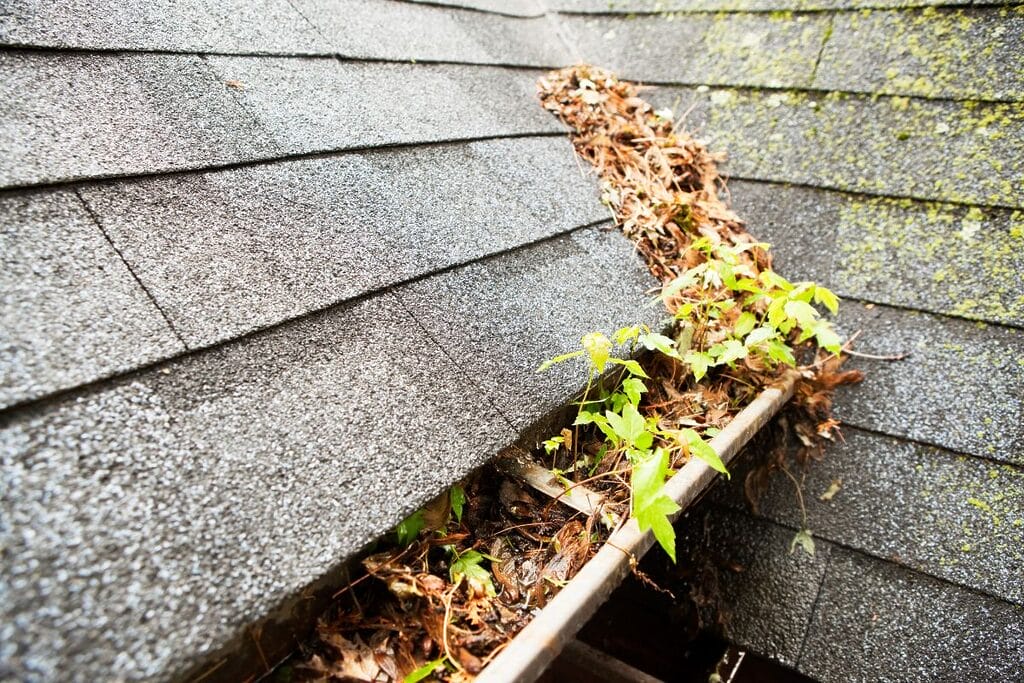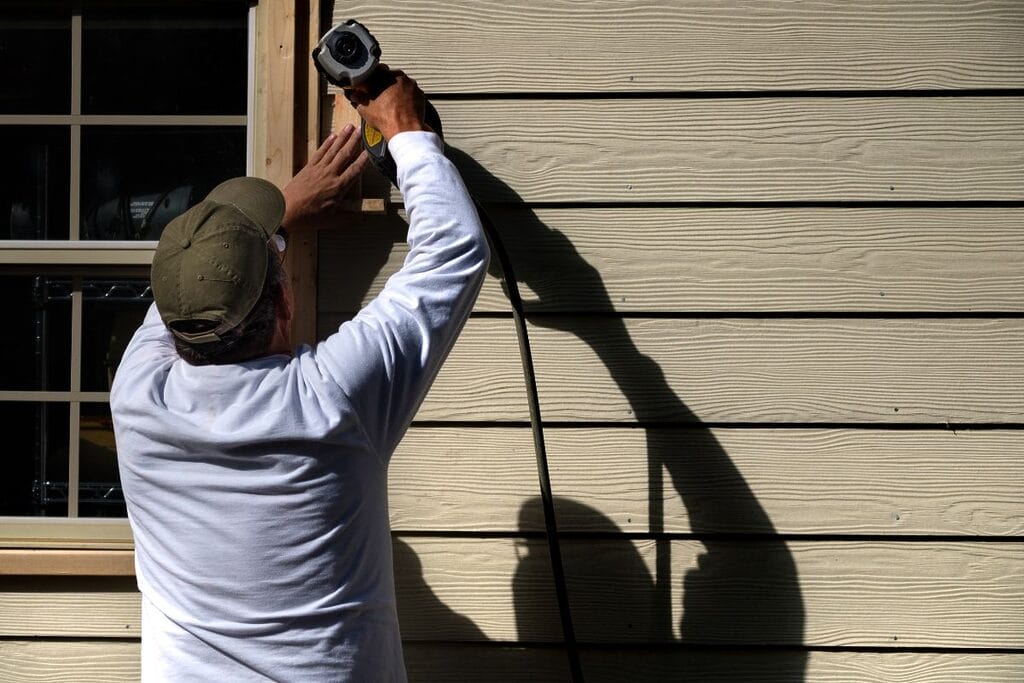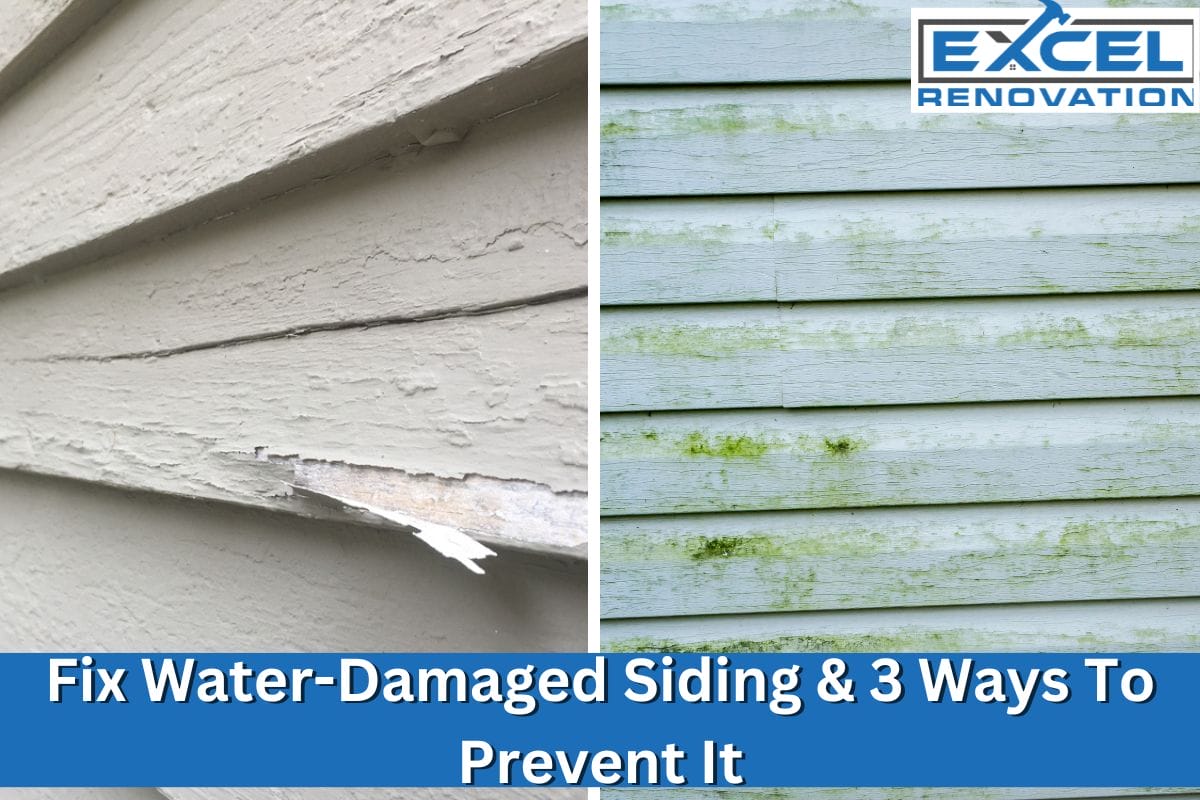Are you worried about your water-damaged siding? Well, it’s a pressing issue that needs a careful and detailed approach to fix. If you’re a homeowner, you must consult a reliable siding repair specialist for guidance. However, before calling anyone, it’s important to have some background information so that you know what’s going on. This will help you discuss and choose the best repair option for your home’s siding.
Signs Of Water Damage On Siding
The first step is to identify all the problem areas so nothing is left untouched during repairs. Apart from the common signs, like leaks and water stains, here are some hidden indicators that your siding has suffered water damage:
#1 Faded Areas or Discoloration
Siding that has unexplained fading or discoloration is a subtle sign of water damage. It indicates that water might be seeping into the material, causing it to lose its original color.
#2 Peculiar Odors
A musty or damp smell around your home’s exterior can be an early warning sign of hidden water damage. This is often accompanied by mold or mildew growth, even if it’s not immediately visible.
#3 A Soft or Spongy Texture
Gently press various areas of your siding. If you notice any soft or spongy areas, it’s a clear indication that water has penetrated the material. This softening is a result of the siding material losing its structural integrity.
#4 Peeling Wallpaper or Paint Indoors

Exterior wall and siding water damage doesn’t just stop on the outside of your home. If you notice wallpaper or paint indoors beginning to peel, especially near exterior walls, it could be a sign that water is making its way in from the outside.
#5 Pest Infestations
Water-damaged siding provides a conducive environment for insects like termites and carpenter ants. If you notice an increase in these types of pests, it could be a result of moisture weakening your siding’s integrity.
The key to a permanent fix is solving the root cause of the problem. So, let’s look at some common causes of water damage to siding.
Common Causes of Water Damage To Siding
The cause can be anything; Whether it’s environmental wear and tear, maintenance neglect, or poor siding installation. Here are the details you need to know:
👉Poor Installation
Cutting corners during the installation process can leave gaps and vulnerabilities, allowing water to seep in. This generally happens when you choose low quality services or products.
👉Gaps and Cracks
Over time, gaps and cracks naturally develop in the siding, providing an entry point for water. These gaps and cracks not only allow water in, but also pave the way for insects and debris to slip behind the siding.
👉Clogged Gutters

Faulty gutters and downspouts lead to an overflow of water that saturates the siding. It’s a result of not cleaning the gutters regularly or avoiding the installation of gutter guards.
👉Snow and Ice

Piles of snow and ice against the siding of your home, especially in colder climates, can contribute to water leaks and subsequent damage. This happens when proper snow and ice dam removal is not conducted.
To fix the damage caused by any of these reasons, you need to address the main concern rather than choosing a temporary fix.
Fixing Water-Damaged Siding
Choosing DIY vs. Professional Repair
As a homeowner, you may be able to handle minor damage, saving you both time and money. However, for extensive damage, or if you’re unsure about whether your repair efforts will be effective enough, it’s wise to hire a reliable and experienced siding repair contractor in your area. Remember, improper repairs can lead to more damage over time and expensive replacements. In many cases, it also affects insurance claims and material warranties.
A Step-by-Step Guide To Repair Your Home’s Siding
Here’s how you can fix minor water damage on your siding if you choose the DIY approach:
Step#1 Safety Precautions
Before starting the repair, ensure your safety. Use appropriate personal protective equipment (PPE), like rubber gloves and safety glasses. If working at heights, consider using a secure ladder and have a spotter if possible. It’s always helpful to work with a partner if you’re not a professional.
Step#2 Gather Necessary Materials
Collect all the materials you’ll need for the repair, including replacement siding panels that match your existing siding, caulk, sealant, paint, primer, screws, a hammer, and any other tools required for the job.
Step#3 Remove Damaged Siding
Carefully remove the damaged siding panels. Start from the top and work your way down to prevent unnecessary strain on the undamaged panels. Use a pry bar to gently detach the siding from the studs.
Step#4 Inspect The Underlying Structure
Once the damaged siding is removed, inspect the sheathing and studs underneath for any signs of rot or further damage. Replace any compromised structural components to ensure a solid foundation for the new siding.
Step#5 Prepare the Surface
Clean the exposed area thoroughly. Remove any remaining caulk, paint, or debris from there. A clean surface sets the stage for proper adhesion of the new siding boards and sealants. This is important to ensure a permanent fix for the water-damaged siding.
Step#6 Install New Siding

Select good quality and compatible replacement boards. Cut them to fit the dimensions of the opening. Install the new siding, ensuring it aligns seamlessly with the existing panels. Nail or secure the siding according to manufacturer guidelines.
Step#7 Apply Caulk and Sealant
Seal the edges and joints with high-quality caulk and sealant. Pay close attention to areas around windows, doors, and other openings, as these are common entry points for water. This step is crucial for preventing future water infiltration.
Step#8 Inspect Surrounding Areas

Expand your inspection beyond the repaired area. Check the adjacent siding, trim, and other elements for signs of damage. Address any issues you discover to prevent future moisture damage.
To ensure the durability and strength of your home’s siding, you must take proactive measures to prevent future water damage.
Preventing Future Water Damage To Siding
Here’s a comprehensive guide covering key aspects of repairs and maintenance:
#1 Conduct Proper Maintenance
👉 Conduct routine inspections of your siding. Early detection of the signs we’ve discussed above will ensure timely repairs before water damage becomes extensive. Additionally, clean the siding periodically to remove dirt, debris, and mold.
👉 Inspect the sealant and caulk around windows, doors, and other openings. Replace any worn-out or damaged sealant to maintain a watertight seal and prevent water intrusion.
👉 Ensure that the ground around your home slopes away from the foundation. This helps divert rainwater and melting snow away from the siding, reducing the likelihood of water infiltration.
👉 Trim branches that overhang your roof or siding. This prevents excess moisture from transferring onto your siding, reducing the risk of water-related issues.
👉 Adapt your maintenance routine to seasonal changes. Prepare your siding for winter by ensuring it’s well-sealed against moisture, and in warmer months, inspect for heat damage.
#2 Choose The Right Siding Material
Opt for siding materials known for their water-resistant properties. Vinyl, fiber cement, and engineered wood are popular choices that offer durability and effective protection against water damage.
#3 Understand The Role Of Proper Repairs And Installation
Invest in professional siding repair or installation services. Professionally handled siding creates an effective barrier against water infiltration, and hiring experts also ensures a job is done right from the start.
If you need a reliable and durable solution to restore your water-damaged siding, we’re here to help you!
Get Expert Siding Repair Services In Plymouth, Minnesota
At Excel Renovation, we’ve been restoring homes exteriors in the area for many years. We are proud of our responsible and passionate team of professionals who go above and beyond to help homeowners preserve their homes’ exteriors in a safe, clean, and beautiful way! If you need siding repair services in Plymouth, MN, you can depend on our caring and talented team for the best solutions. Call us at (612) 439-5005 to schedule a free siding consultation and learn how we can help you.

